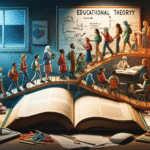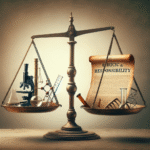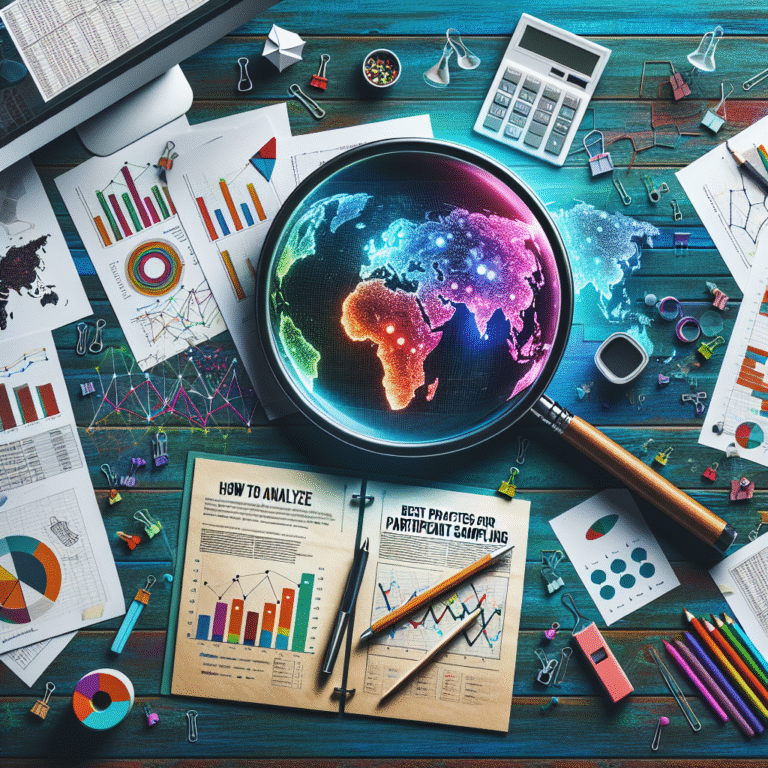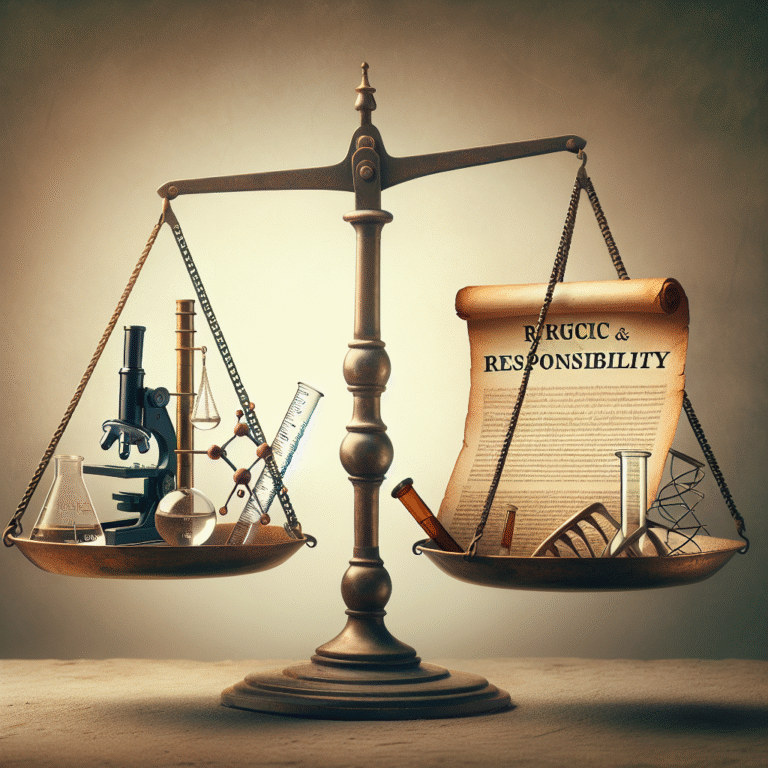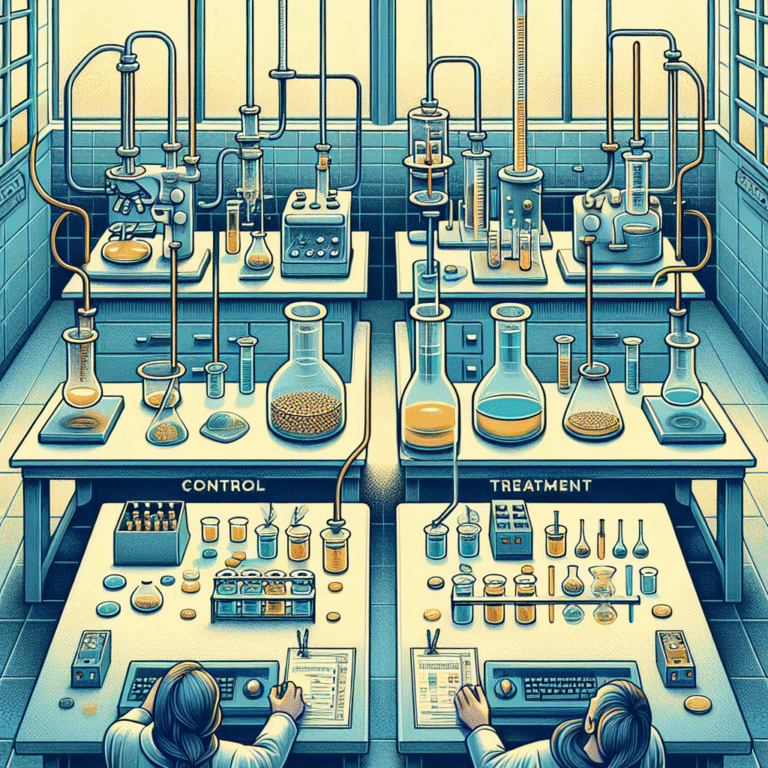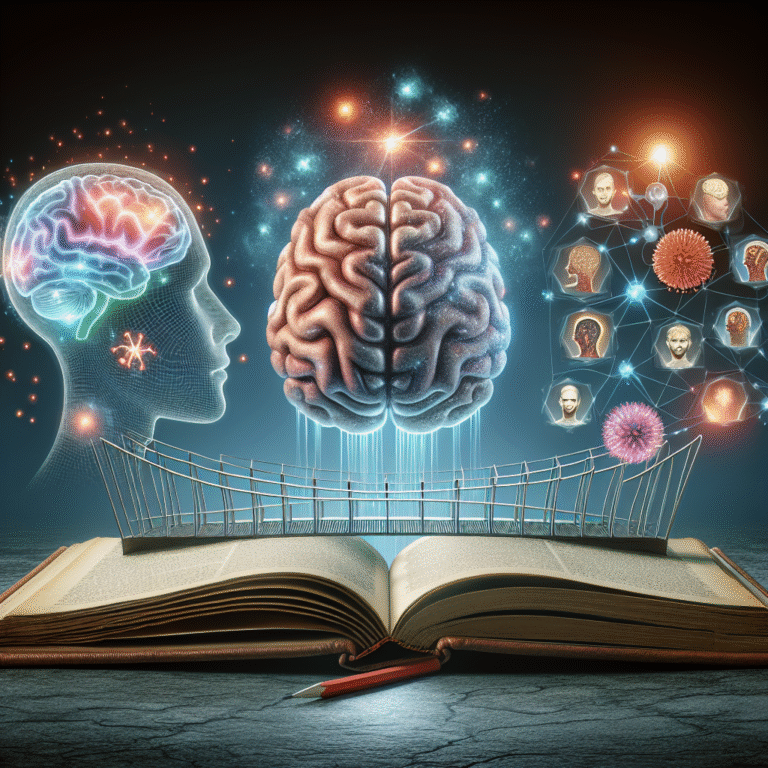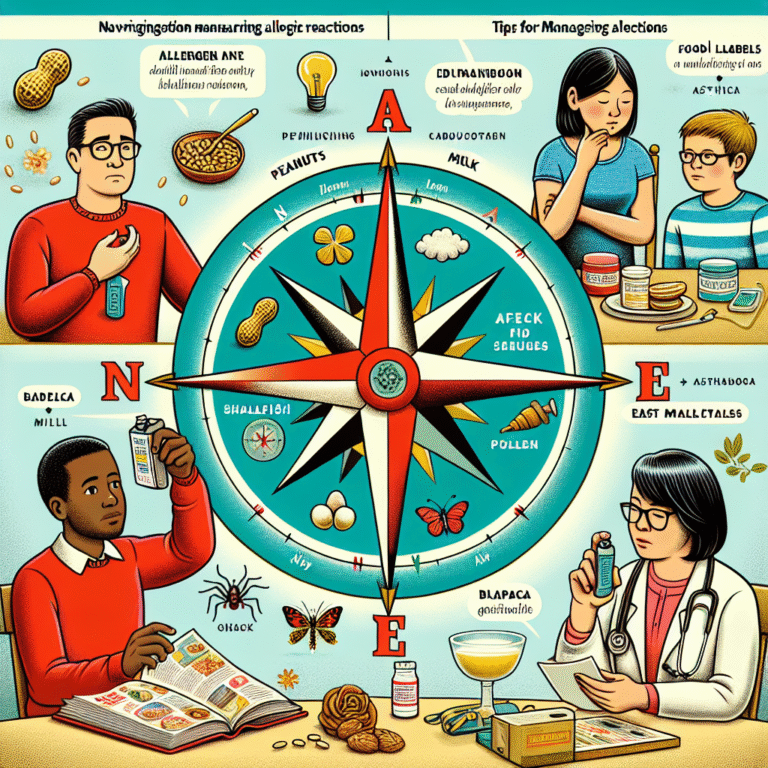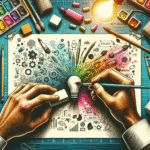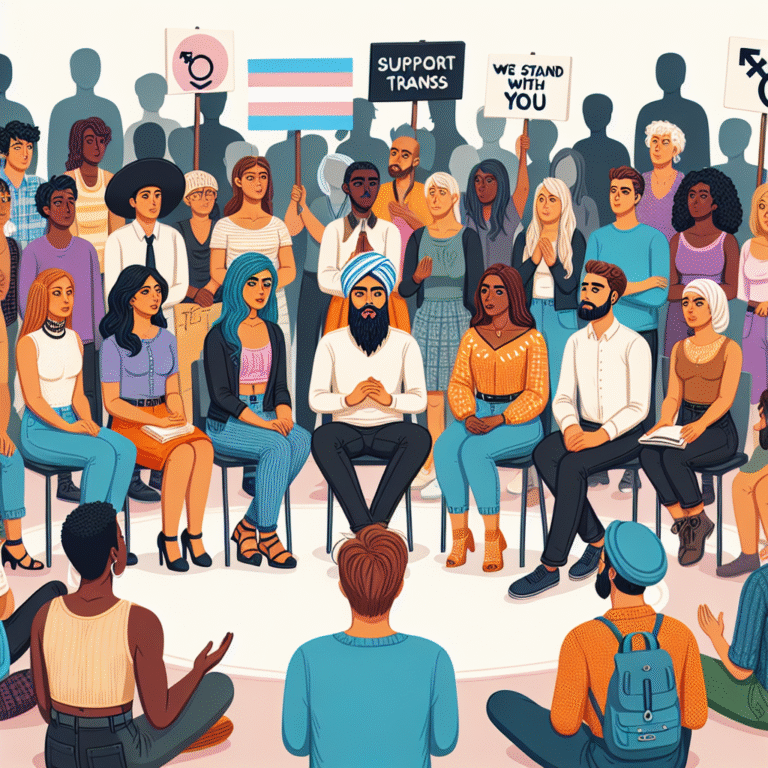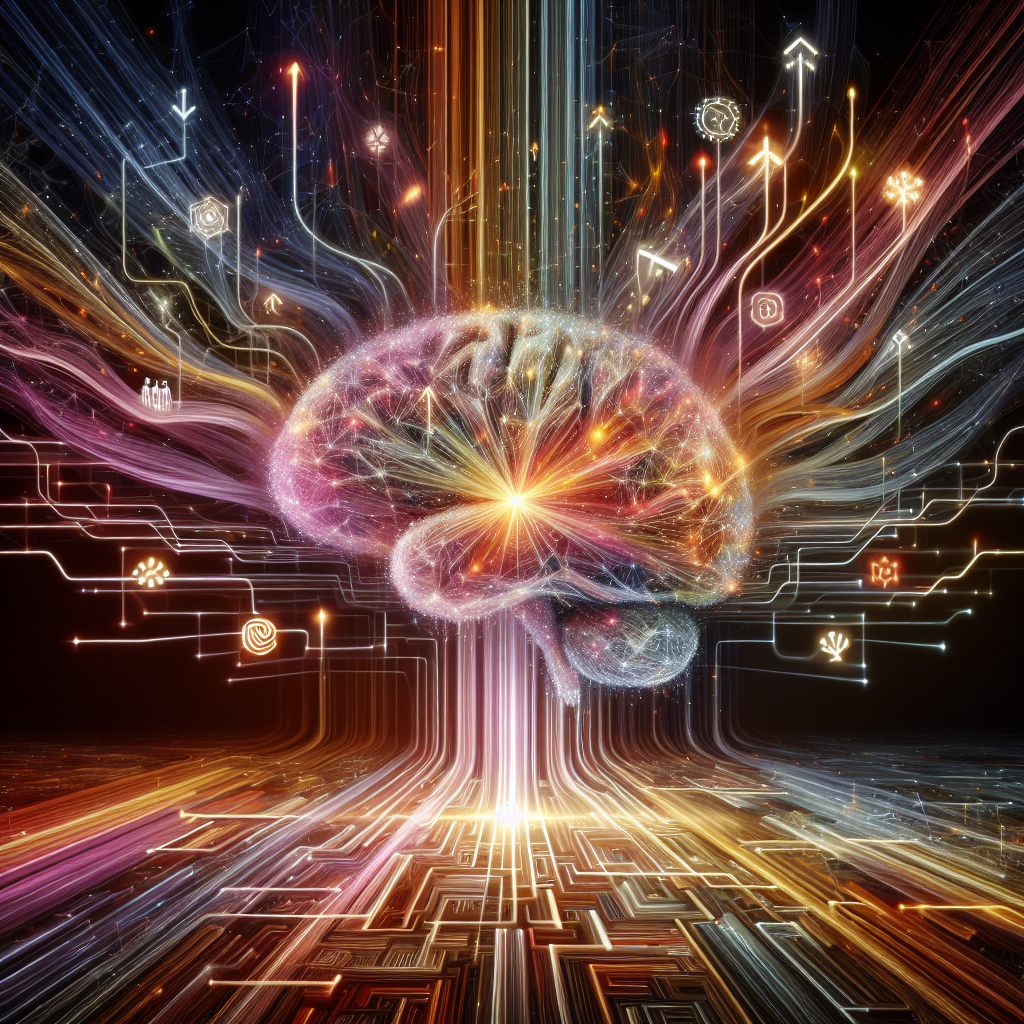
Introduction
In a world filled with choices—ranging from mundane decisions like what to eat for breakfast to life-altering choices such as career paths and relationships—the question of how we make these decisions has never been more pertinent. Unraveling the Mind: How Behavioral Neuroscience Explains Our Choices seeks to illuminate the intricate processes behind decision-making, revealing how our brains influence our thoughts, emotions, and ultimately, our actions. As we explore this fascinating intersection of neuroscience and psychology, you’ll discover not only the mechanisms that guide our choices but also the implications for our lives, organizations, and society at large.
The Science Behind Decision-Making
The Brain’s Structure and Function
Understanding decision-making necessitates a look at the brain’s architecture. The human brain comprises various regions, each responsible for different functions. Among these, the prefrontal cortex stands out as the site of higher-order thinking, rationality, and self-control. This area is paramount when it comes to making complex decisions that require foresight and planning.
Emotional Brain vs. Rational Brain
Behavioral neuroscience distinguishes between the emotional brain, primarily driven by the limbic system, and the rational brain associated with the prefrontal cortex. The interplay between these two systems often shapes our choices. For instance, emotional responses can sometimes overshadow rational analysis, leading to impulsive decisions. Understanding this balance is crucial for unraveling the mind and interpreting how choices shape our behavior.
Factors Influencing Our Choices
Cognitive Biases
Cognitive biases are systematic patterns of deviation from norm or rationality in judgment. They play an essential role in shaping our decisions. For example, the confirmation bias might lead individuals to favor information that aligns with their pre-existing beliefs, skewing their decision-making processes. It’s important to recognize these biases to better navigate choices in our daily lives.
| Bias | Description |
|---|---|
| Confirmation Bias | Favoring information that confirms existing beliefs. |
| Anchoring Effect | Relying heavily on the first piece of information encountered. |
| Availability Heuristic | Overestimating the importance of information readily available. |
Social and Environmental Influences
We are not islands; our choices are often influenced by social contexts and environmental factors. From family upbringing to cultural norms, various elements shape our values and, consequently, our decisions. The theory of social proof suggests that individuals are likely to conform to the behaviors and beliefs of others, particularly in uncertain situations.
Case Studies: Real-World Applications
Case Study 1: The Ultimatum Game
The Ultimatum Game is a popular experiment in behavioral economics and neuroscience. In this game, one player offers a division of a sum of money, and the second player can either accept or reject the offer. If rejected, neither player receives anything. This experiment highlights a conflict between rational choice and emotional response. Studies show that people often reject low offers, despite the economic disadvantage, demonstrating how fairness and social emotions can override rational calculations.
Analysis: This case illustrates the powerful role emotions play in our choices, even when it contradicts financial logic.
Case Study 2: Marketing and Consumer Behavior
Behavioral neuroscience has significantly impacted marketing strategies. Advertisements often leverage emotional triggers to influence consumer choices. Research indicates that appealing to emotions can lead to higher engagement and sales. A notable example is the Coca-Cola “Open Happiness” campaign, which aims to create a positive emotional association with the product.
Analysis: By understanding emotional responses, marketers can craft messages that resonate more deeply with consumers, illustrating unraveling the mind in practical applications.
Case Study 3: The Role of Framing
Framing effects pertain to the way information is presented, which can significantly affect our choices. A classic example is the difference between stating that "90% of people survive this surgery" versus "10% of people die from this surgery." Research shows that people are more likely to opt for surgery when the message is framed positively, even though both statements convey the same probability.
Analysis: This case underscores the importance of presentation in decision-making, emphasizing the necessity of understanding cognitive processes in both personal and professional contexts.
Strategies for Better Decision-Making
Awareness of Biases
Being cognizant of cognitive biases equips individuals to make more informed decisions. By recognizing specific biases such as confirmation bias or anchoring, decision-makers can strive for objectivity, enhancing their outcomes.
Emphasizing Emotional Intelligence
Emotional intelligence plays a crucial role in improving decision-making. By better understanding our emotions and those of others, we can navigate choices with greater clarity and empathy. This understanding allows us to balance emotional and rational aspects while making decisions.
Seeking Diverse Perspectives
Engaging with diverse viewpoints can counteract the effects of biases, leading to more comprehensive decision-making. This can be particularly useful in organizational settings, where collaborative efforts often yield better outcomes.
Conclusion
Unraveling the Mind: How Behavioral Neuroscience Explains Our Choices reveals a complex landscape where neuroscience meets behavioral economics and psychology. By understanding the underlying structures and processes driving our decisions—including cognitive biases, emotional responses, and social influences—we empower ourselves to make better choices. As you navigate your daily decisions, remember the interplay between your rational and emotional mind; harness this knowledge to optimize your choices for a fulfilling life.
FAQs
1. What is behavioral neuroscience?
Behavioral neuroscience is the study of how biological processes, particularly those in the brain, affect behaviors and decisions.
2. How can cognitive biases impact my decision-making?
Cognitive biases can skew your perceptions and judgments, leading to poor choices based on misconceptions or irrational thought processes.
3. What role does emotional intelligence play in decision-making?
Emotional intelligence enables you to recognize and understand emotions—both your own and those of others—helping you navigate choices more effectively.
4. How can I improve my decision-making skills?
Awareness of cognitive biases, developing emotional intelligence, and seeking diverse perspectives are practical steps for enhancing decision-making skills.
5. Why is understanding neuroscience important for everyday choices?
Understanding neuroscience can help demystify why we make certain decisions, empowering us to optimize our choices and better navigate life’s complexities.
By diving into unraveling the mind through behavioral neuroscience, we empower ourselves to understand the myriad forces shaping our decisions. Embrace the insights gathered here as tools in your journey of exploration, ensuring that each choice you make is informed, conscious, and fulfilling.

